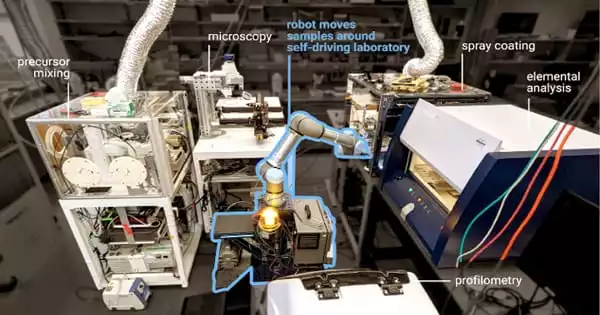Is it okay to simply shout down the laptop screen once you’re done, or should you turn your computer off at night? There is no easy one-size-fits-all solution to this, as with all of life’s major issues, but there are certain aspects to consider.
According to a survey of 1,000 Americans conducted by Panda Security, just 37% of users shut off their laptops every night. It’s commonly considered that shutting down after the day is done is best practice, as if the computer, like the rest of us, requires a good night’s rest. However, turning off your computer after each use isn’t always essential.
Most computers will fall into “sleep mode” after a set length of time if left alone. When you close the screen on most laptops, they go into sleep mode as well. However, this may be altered in the settings.
This is essentially a low-power mode that consumes little energy while keeping all of your files, applications, and data operating in the background but on temporary hold. When you press the keyboard or wiggle the mouse, you’ll be able to go back to work faster. It’s also useful if you want to run updates, scan for viruses, or perform other tasks while your computer is turned off.
Furthermore, there are certain disadvantages to this. If you’re connected to an unprotected network in public, it’s not a good idea to put your computer to sleep since it’ll be more open to cyberattacks. Leaving a computer in sleep mode consumes electricity, which is something to consider if you’re watching your budget. When it comes to electricity, you should consider purchasing a surge protector, which will safeguard your computer from power surges that might harm its components.
Turning your computer down completely from time to time is also beneficial since it clears the RAM, allowing it to run more smoothly.
Another item to consider is how frequently you will use it. Switching on a computer consumes a significant amount of energy, and some say that this spike might place a strain on the system, potentially reducing the machine’s lifespan. This is why some experts recommend that regularly used computers be turned on and off no more than once per day and that a full shutdown be performed only when the computer will not be used for an extended length of time.
“It depends on how frequently you use it,” said Steven Leslie, a Geek Squad representative, in an interview with Digital Trends. “It’s recommended to leave your computer on if you use it several times every day.” If you just use it for a short period of time — say, an hour or two — once a day, or even less, turn it off.”
“Leaving a computer on all the time is less stressful than turning it on and off multiple times a day — but it is persistent stress,” Leslie noted.
Overall, the question boils down to how you utilize your computer. As a general rule, leaving your computer on for days at a time will not hurt it if you use it frequently, but it’s good giving it a weekly thorough shutdown and take certain safeguards.





